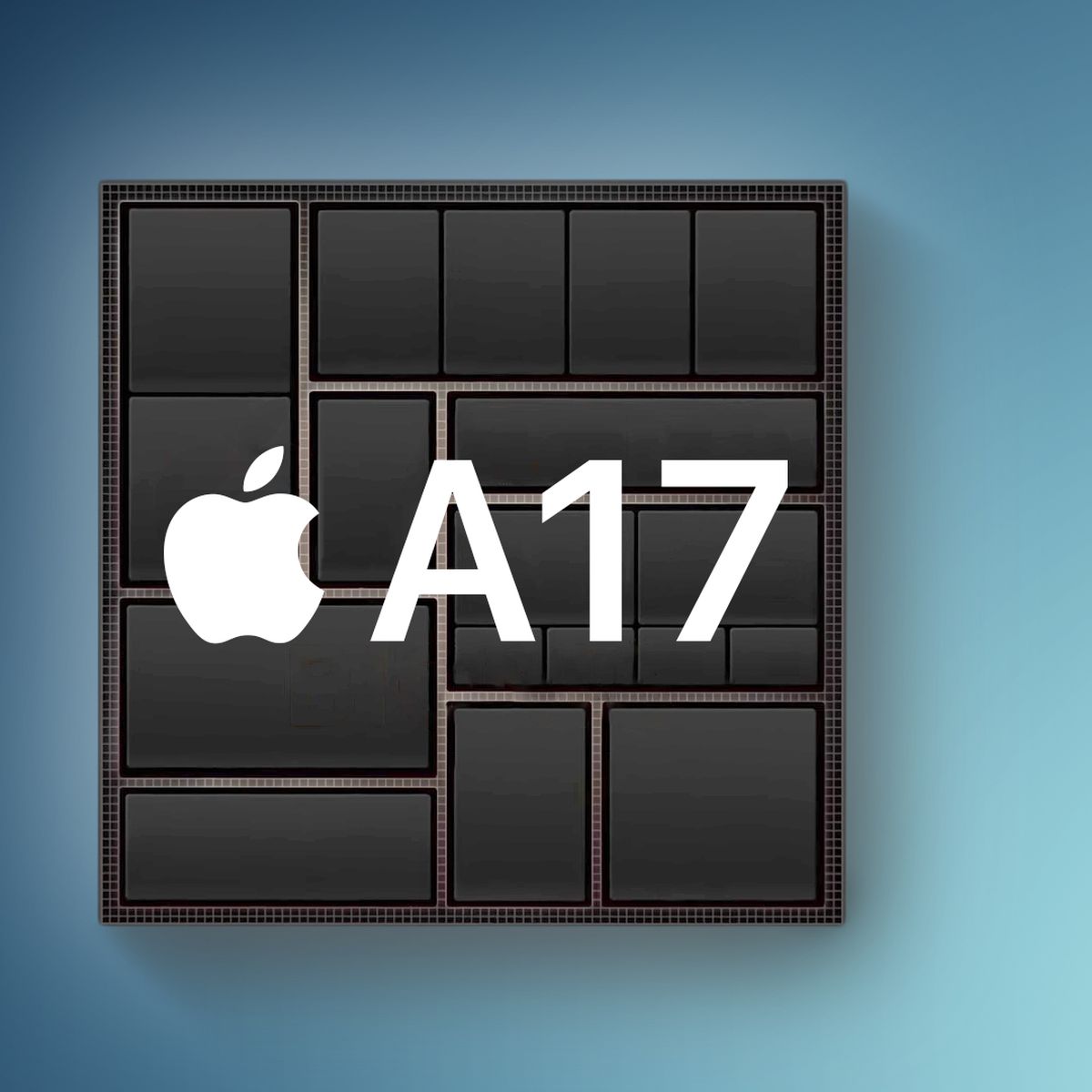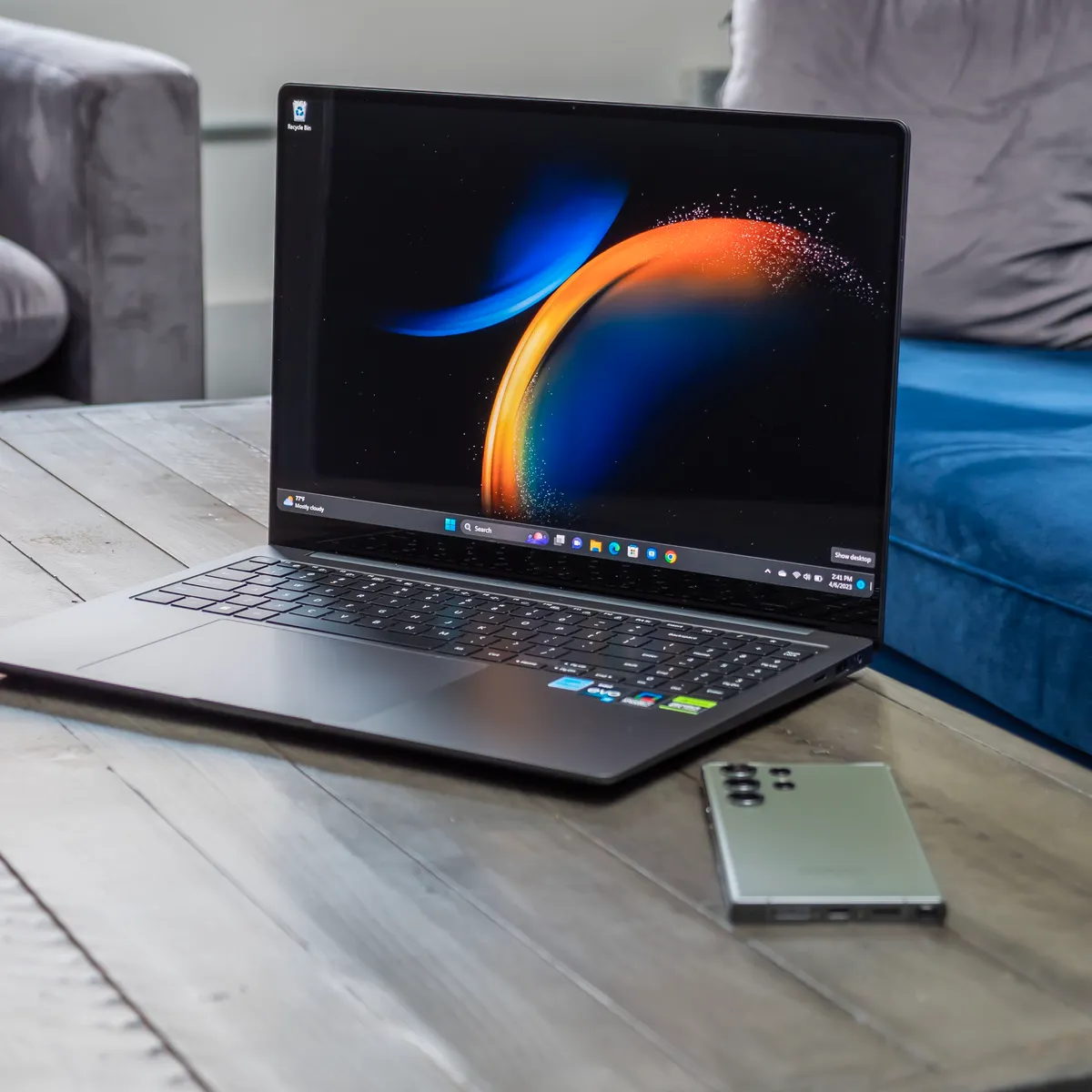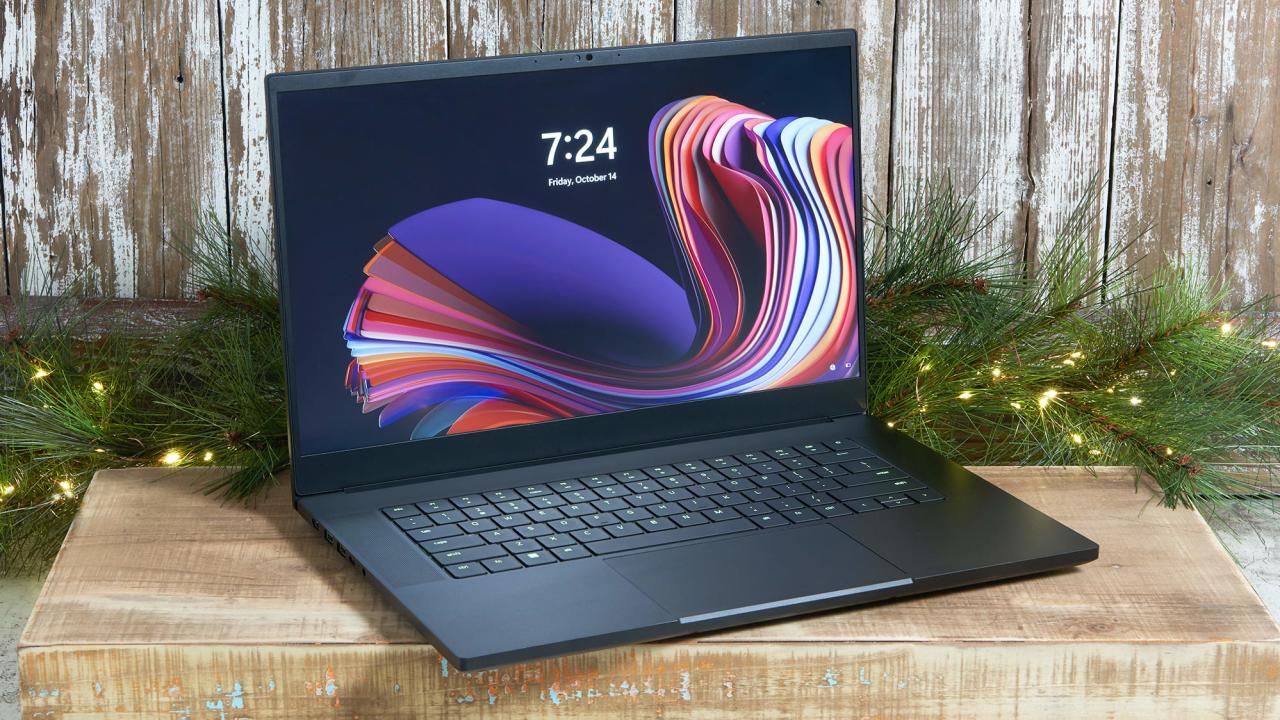Apple has made waves once again with the launch of its latest generation iPhones at the highly anticipated ‘Wonderlust’ event. While the standard iPhone 15 retains the powerful A16 chip, the spotlight is on the iPhone 15 Pro and Pro Max models that are equipped with Apple’s cutting-edge A17 Pro chip. Interestingly, the non-pro iPhone 15 models will continue to use the A16 chip.
Key Takeaway
Apple has introduced the A17 Pro chip for its iPhone 15 Pro and Pro Max models, offering significant performance and efficiency improvements compared to its predecessor.
A17 Pro: A Leap in Performance and Efficiency
The previous A16 chip was, without a doubt, a noteworthy upgrade, but the A17 Pro chip takes it to the next level. One of the major contributing factors is that Apple and its partners, presumably TSMC, have built the A17 Pro chip using an advanced 3-nanometer process, outperforming the 4-nanometer process used for the A16.
The A16 featured a 6-core CPU with 2 performance cores and 4 efficiency cores. Additionally, it boasted a 5-core GPU and Apple’s powerful 16-core Neural Engine.
Now, the A17 Pro introduces a 6-core CPU with even more impressive capabilities. The 2 performance cores have seen a 10% increase in speed, while the efficiency cores offer significantly improved efficiency. Apple has also made remarkable strides with its Neural Engine, which is expected to deliver nearly double the performance of its predecessor.
Revolutionary GPU Design and USB-C Support
Apple has truly pushed the boundaries with its new GPU design in the A17 Pro chip. Featuring six cores, the GPU delivers up to 20% faster performance compared to previous iterations while maintaining enhanced energy efficiency. Moreover, gaming enthusiasts will be thrilled to discover that the new GPU now supports ray tracing, marking a major milestone for Apple’s GPUs. The company even deemed this redesign as the “biggest in the history of Apple GPUs.”
With the iPhone now equipped with a USB-C port, the A17 Pro chip is fully compatible, offering USB-C speeds of up to 10gbps.
Changing Naming Conventions and Future Possibilities
It is worth noting the shift in Apple’s naming conventions for its chips. Traditionally, Apple would unveil a single version of its phone chip, initially introducing it with the Pro models and then gradually bringing it to non-Pro iPhones the following year. However, the introduction of the Pro moniker for the A17 chip hints at the possibility of a non-Pro version that may power the next generation of non-Pro iPhones.
Apple enthusiasts are buzzing with anticipation as they eagerly await the arrival of the iPhone 15 Pro and Pro Max, armed with the A17 Pro chip that promises groundbreaking performance and efficiency improvements. With a redesigned GPU and support for USB-C, Apple continues to push technological boundaries, cementing its position as an industry leader.

























